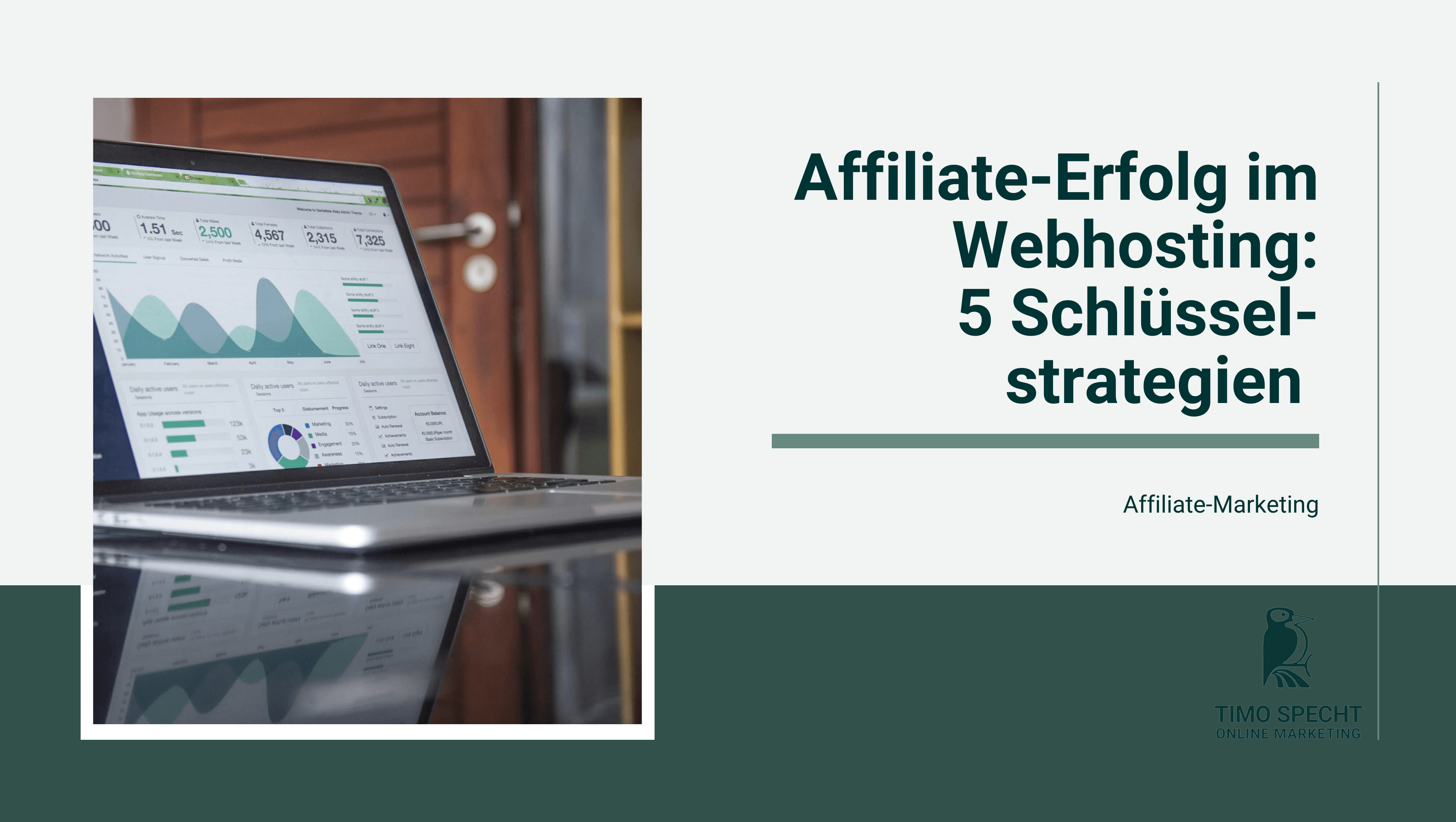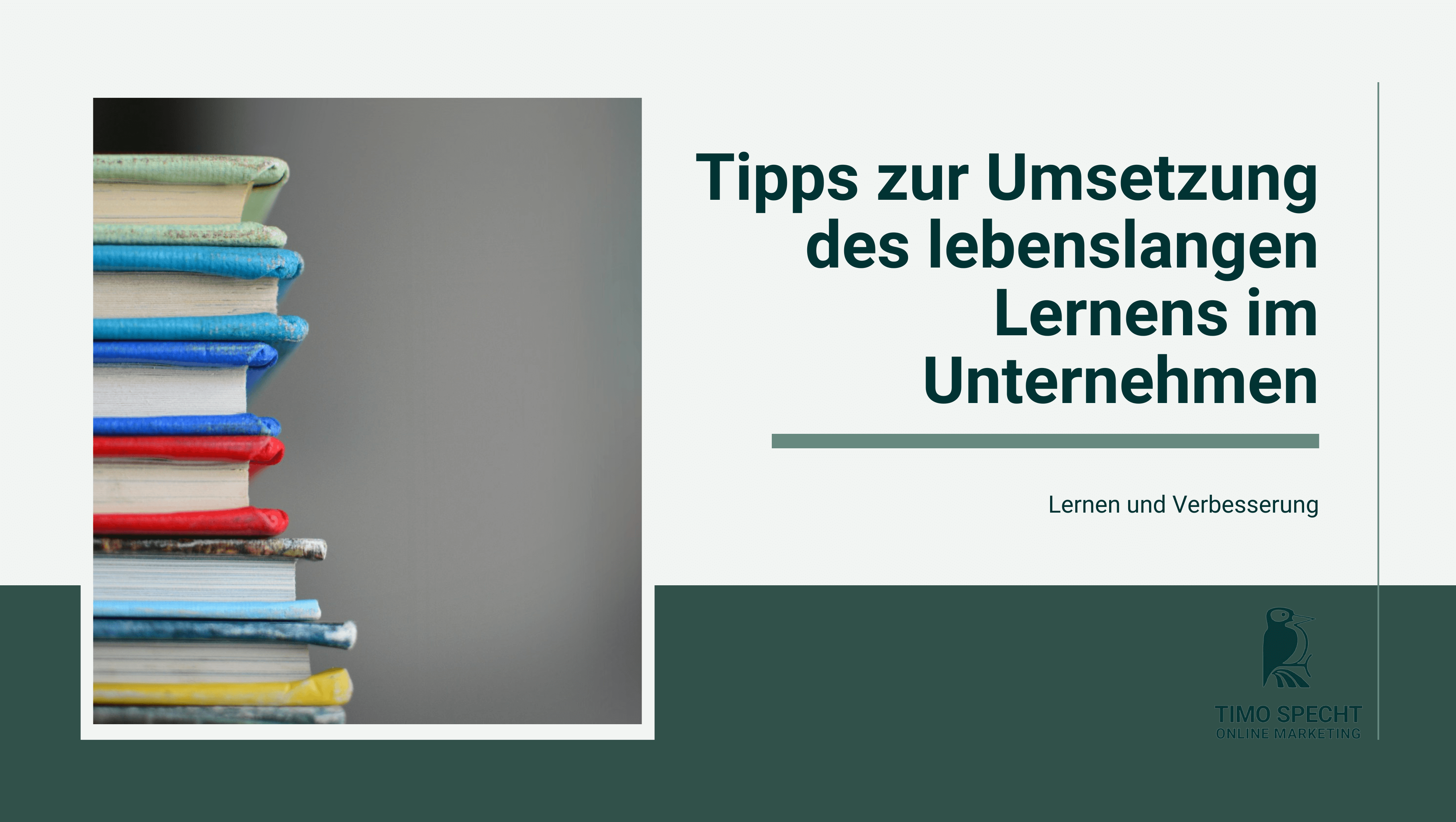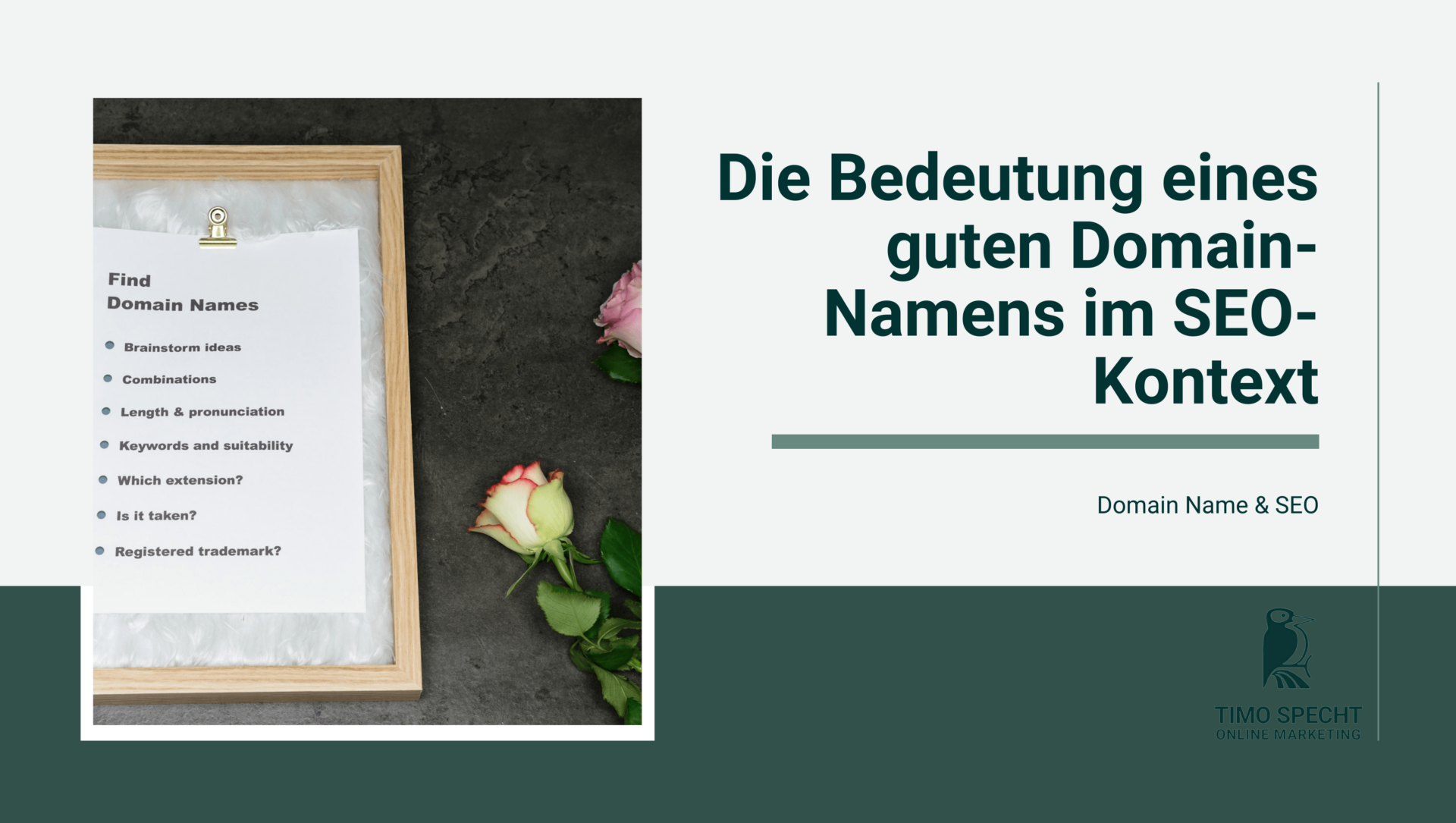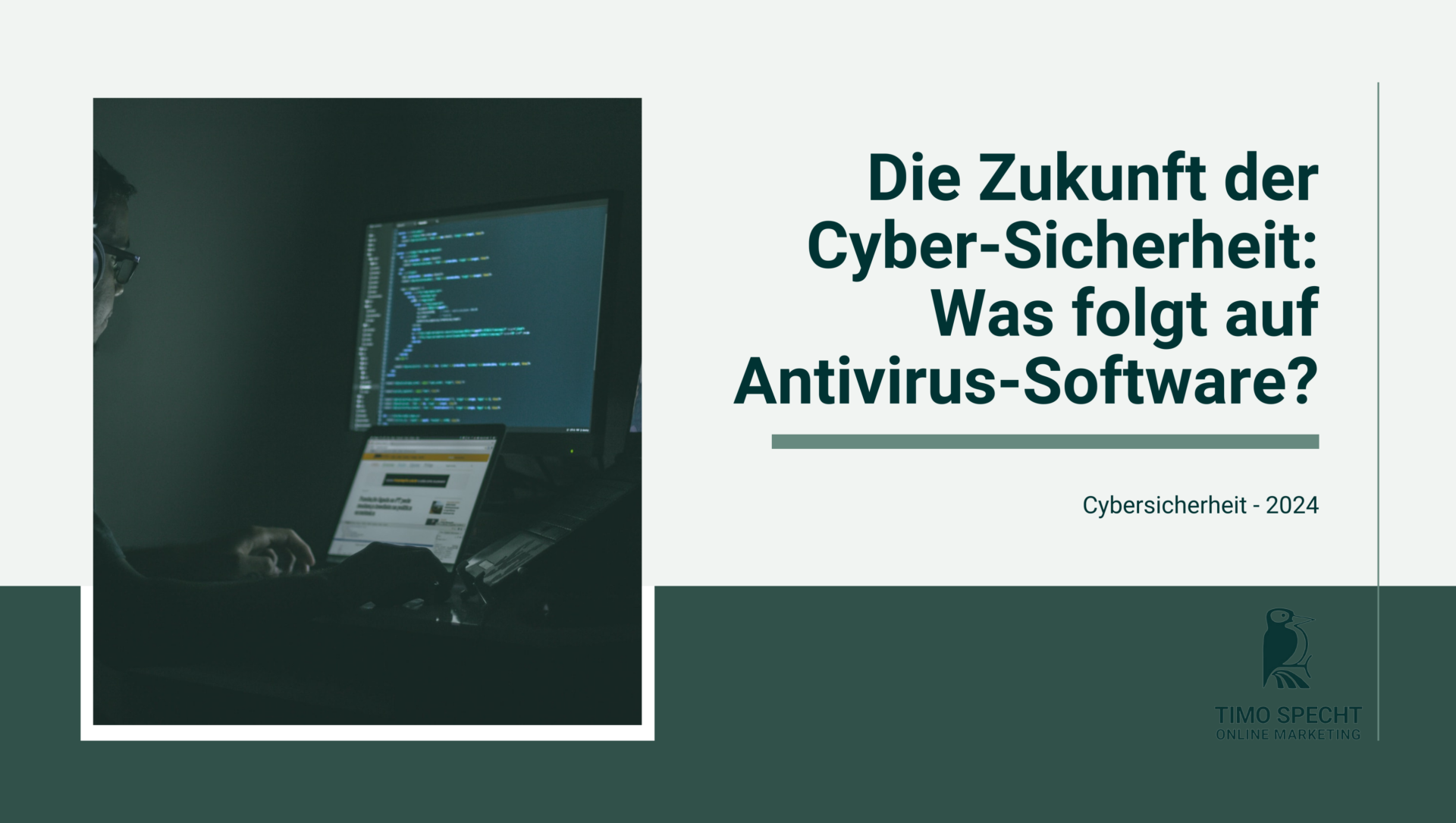In a nutshell: What is a Canonial day?
BSare websites with DUPLICATE CONTENT (DUPLICATE CONTENT), the canonical tag is used. It is extremely important to signal duplicate content to search engines and at the same time to show where the original content is located.
What is a Canonical Tag?
Meanwhile, the Canonical Tag is one of the most important tools and a must-have for the onpage optimization. It helps to avoid errors and associated penalties on the part of search engines such as Google.
It often happens that websites and subpages contain duplicate content. In this case, we are talking about duplicate content. If no canonical tag is detected, all pages containing the duplicate, repetitive content are penalized. These subsequently rank lower in the search results.
To avoid such problems, the Canonical tag (rel="canonical") is set in the header area. It is placed on all pages that contain the duplicate content and links to the original website at the same time.
When a search engine bot visits a subpage and sees the canonical tag, it simultaneously recognizes the original, linked page and ignores the page with the duplicate content. At the same time, the PageRank is transferred to the original page.
-
Free
SEO strategy meeting
In a free SEO strategy talk, we uncover untapped potential and develop a strategy to help you become more successful on Google.

- More organic visibility
- More organic visitors to your website
- More inquiries & sales
When is a Canonical Tag useful?
Some examples of when the Canonical tag is useful:
- If products in an online store are sorted by price or color, for example, duplicate content is created.
- If a blogger publishes a post and tags it in multiple categories, duplicate content is created. If the canonical tag is missing, the content can be considered duplicate.
How is a Canonical Tag used?
There are two ways to include the Canonical tag. These are explained in more detail below:
1. code in HTTP header
In the source code of a page with duplicate content, a code is placed in the HTTP header. In addition to the canonical tag, this also contains the target URL to the original content.
Example:
<link rel=”canonical” href=”http://www.domain.de/originale-url”/>
It is important to note that only one canonical tag may be placed on a page. If multiple Canonical Tags are included, they will be ignored by search engine bots and the duplicate page will be fully indexed.
In addition, it is important that the duplicate content page does not contain meta tags such as "disallow", "noindex" or "nofollow" must not be present on the page with the duplicate content. Otherwise, it happens that the Canonical tag is disturbed in a function and complications arise.
2. passing the canonical property
The second option is to pass the Canonical property directly through the server. A classic example here is an online store. If the customer adds several products to the shopping cart, these are transferred including the Canonical property. If bots visit the subpage, indexing is thus excluded.
The same applies to websites where users can filter different categories and products with an ID. For example, if another product variant is selected (e.g. different color), it is directly extended by the Canonical tag. This way, duplicate content is avoided.
- I am one of the leading SEO experts in Germany
I am known from big media such as Stern, GoDaddy, Onpulson & breakfast television and have already worked with over 100+ well-known clients successful on Google.
Google rating
Based on 185 reviews
Trustpilot rating
Based on 100 reviews
Conclusion about the Canonical Tag
If duplicate content appears on a page, the canonical tag is indispensable. It indicates that there is duplicate content on a page and at the same time refers to the original page. This prevents search engines from penalizing multiple pages with duplicate content, which can lead to ranking losses.





